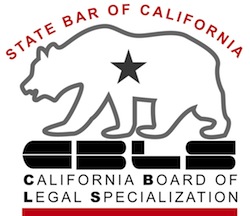We’ve recently heard sternvoiced threats from the federal government about collecting delinquent student loans and defaulted EIDL loans. One of their collection tools is the Treasury Offset Program. It allows the feds to take some or even all of money is owes you to pay money that you owe the government.
So many people plan their financial lives around using substantial tax refunds to pay for big or one-time only expenses. People in financial difficulty agonize over the possible loss of their refund to a bankruptcy trustee. They expect and likely have mentally spent that cash influx from their tax refund. The Treasury Offset Program expands the kinds of your rights to payment that are exposed to interception to pay non tax debts.
That power puts your annual tax refund at risk.
The theory of offset
Anytime you owe the feds at the same time they owe you, your money is vulnerable. We see it most often when you owe the taxing authorities for unpaid taxes in an earlier year. If you are overwithheld in a subsequent year, the feds apply the would-be refund to your older tax debt. The Treasury Offset Program just expands the application of offset.
While there may be no quick fix for your particular debt to the government, you can get a measure of control over how and when you pay the debt by eliminating the tax refund.
How to adjust withholding
You can get a quick fix on how much you are overwithheld by dividing the amount of your refund by the number of paychecks you get in a year. That’s the overpayment that comes out of each of your checks and is vulnerable to government offset or to interception by state governments for debts being collected by the state.
The IRS has instructions on how to adjust tax withholding.
Tax refunds in bankruptcy
Similarly, if you are filing bankruptcy and usually get a refund, you will benefit by adjusting your withholding to eliminate the refund. Bankruptcy trustees often require the turnover of any refund associated the the tax year in which you filed bankruptcy. That refund, of course, won’t be available until the following spring.
But nothing prevents you from reducing your withholding after you file bankruptcy so that there IS NO REFUND by the end of the tax year.
Save for big expenses some other way and keep your money out of the hands of the IRS.






